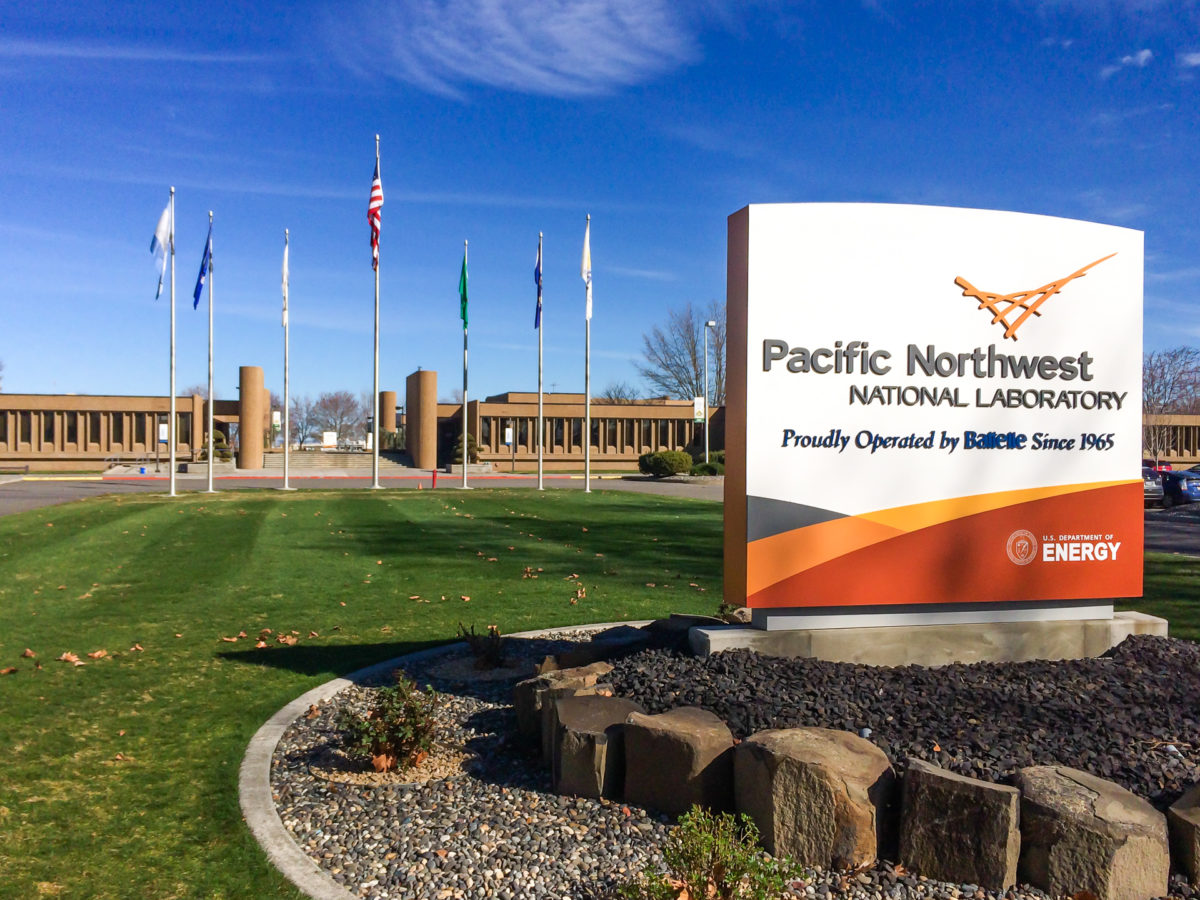Among the less explored possibilities for overcoming the limitations of today’s lithium-ion technology are dual-ion batteries, in which both positive and negatively charged ions are active in energy storage.
Such batteries have strong potential for high energy density using low cost, safe materials, but problems with stability and electrolyte performance at higher voltages have proved difficult challenges to overcome. Nevertheless, dual-ion concepts are an area of interest for scientists, and a joint project from groups in the U.S. and Germany may push the technology further.
The group, led by Pacific Northwest National Laboratory (PNNL) in the U.S. and the University of Münster in Germany, fabricated a ‘zinc metal aqueous dual-ion battery’ consisting of a zinc anode, natural graphite cathode, and a concentrated bisalt aqueous electrolyte.
The battery is described in the paper Enabling Natural Graphite in High-Voltage Aqueous Graphite Zn Metal Dual-Ion Batteries, published in Advanced Energy Materials. In testing, it reached up to 2.5 volts and delivered a capacity of around 110 milliamp-hours per gram (mAh/g) at a charge/discharge current of 200 milliamps per gram (mA/g). At a higher current of 5000 mA/g, the capacity falls to 60 mAh/g. And the battery retained 80% of its initial capacity after 200 cycles.
And the group said that other discoveries made during this works leave it hopeful that further optimizations can be made to the performance. “In our investigations, we were able to successfully elucidate basic mechanisms for anion intercalation in graphite in an aqueous based system by means of experimental work and computer simulations,” explains the paper’s lead author Ismael Rodriguez of PNNL. “We have thus gained important insights for further research on dual-ion technology for grid level energy storage.”
The group is convinced that it can achieve these optimizations and that its laboratory prototype could be developed into a battery with sufficient energy density for grid-level storage applications, if not electric vehicles or other smaller devices. “… it is evident that optimization of this system is needed,” the group concludes. “however, this work showcases a promising intrinsically safe, and cost effective system for large-scale energy storage geared toward grid-level applications based on aqueous dual-ion battery technology.
This content is protected by copyright and may not be reused. If you want to cooperate with us and would like to reuse some of our content, please contact: editors@pv-magazine.com.




I really appreciate your efforts in bringing latest happenings to our knowledge. I think this efforts will be much more useful if a filing system wherein every new innovations with end , usable/available latest products/technology is also made available. This will help the innovation commercially more viable and quicker